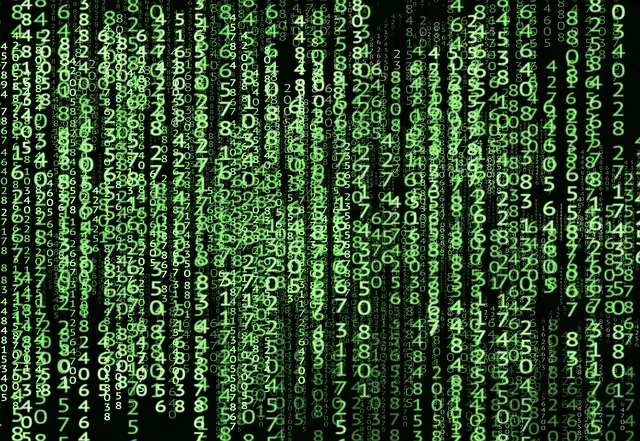
An encoding involves appealing to a code to record something or transform a message.
Coding is the act and result of coding . This verb, for its part, can refer to modifying the expression of a message or to registering something through the rules of a code . It can also refer to the formation of a body of laws that is constituted as a system.
To understand what coding is, therefore, it must first be clear what a code is. It is a combination of signs (numbers, letters, etc.) that has a certain value within the framework of a system or that makes it possible to reformulate and understand a secret message. The codes are also compilations of laws .
Character encoding
Character encoding , in this framework, consists of transforming a character from the alphabet or another natural language (such as a syllabary) into a symbol belonging to another representation system. Through coding rules, for example, Morse code allows intermittent telegraphic signals to be converted into letters and numbers.
The character encoding set known as ASCII , which is usually pronounced "asqui", can encode a maximum of 128 symbols. This limit is due to the fact that it has seven binary digits intended for the combination of values for character definition, since the last one is used to detect transmission errors.
These 128 possibilities are sufficient for the inclusion of the entire English alphabet with its upper and lower case, in addition to punctuation marks, numbers and certain control characters (such as the one that tells the printer to start working with the page following). That said, ASCII cannot meet the needs of our language , as it does not include accented characters or initial question and exclamation marks, among other symbols that we need in various contexts.

Coding has multiple applications.
New systems to overcome limitations
These limitations led to the definition of other character encoding systems, including extended ASCII , also 8 bits . Despite this, these do not have enough space to include all the alphabets in the world, but also require division into several, which are used according to the needs of each user.
To solve this problem of the capacity of character coding systems, in 1991 the use of the standard called Unicode was agreed upon internationally, a table of considerable dimensions, which today has more than fifty thousand symbols , each one with its own code, to cover a large number of writing forms, including the ideograms used in Chinese, Korean and Japanese, in addition to the characters of all the languages of the European continent.
Encoding and transmission
The definition of the way in which encoded characters are transmitted through a communication channel , such as the Internet , is known as a transmission standard . Currently, messages are sent in packets of an integer number of octets; Error detection is not carried out with the eighth digit, but rather specific octets are allocated for this task.
An encoding involves the conversion of data systems, making the resulting data equivalent to the original. In the case of digital coding , it consists of translating electrical voltage values into the binary system: thus the analog signal is written as zeros and ones.
The concept in law
In the field of law , codifications are legal compilations that are used to administer justice.
A civil code and a penal code are the result of a codification process. These codes organize and systematize the rules and classify crimes, eliminating legal loopholes and redundancies.
